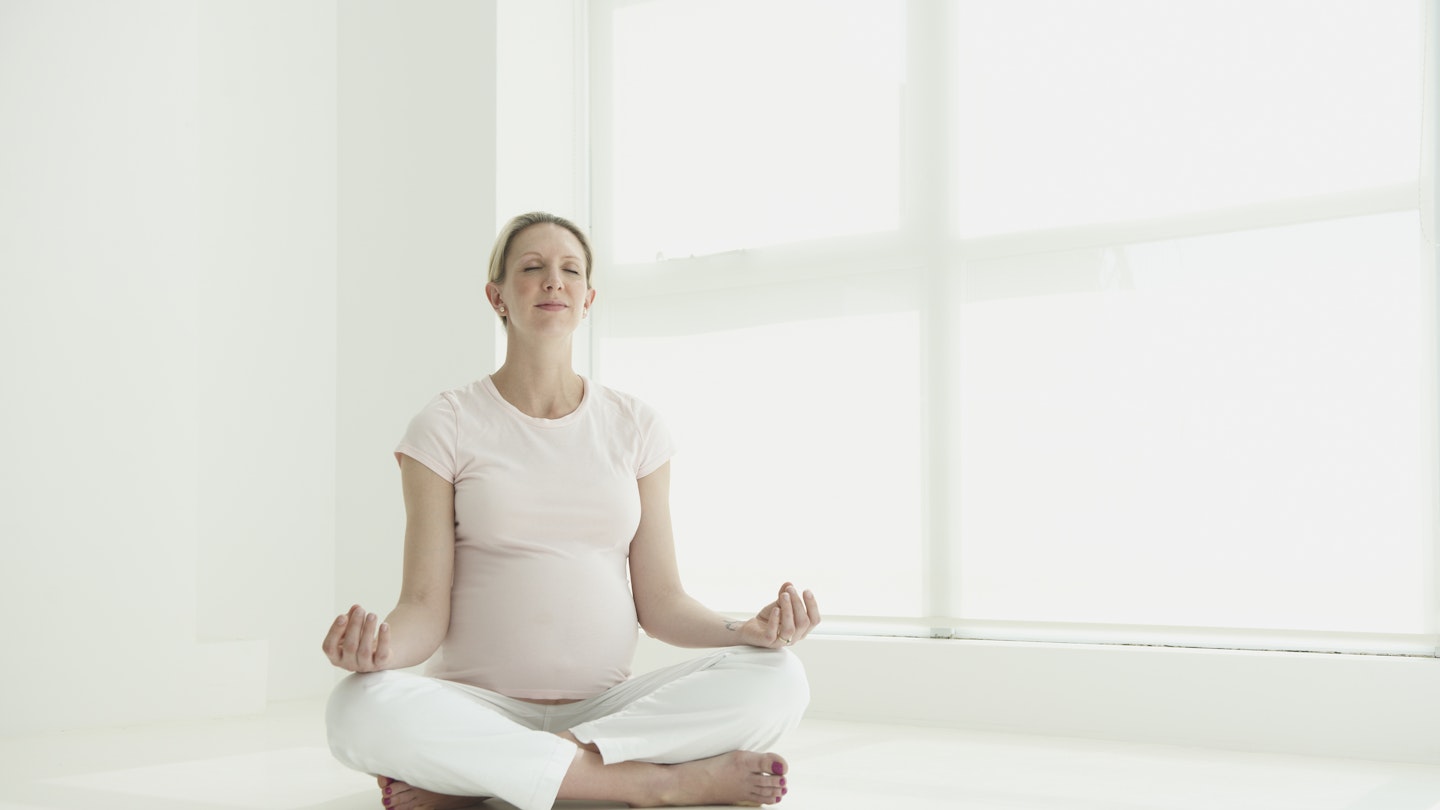You may have heard the word hypnobirthing mentioned during your antenatal classes or midwife appointments, but you may not fully understand what it means. And you're not alone! In its simplest form, hypnobirthing is a type of antenatal preparation and pain management that can be used during labour and birth. It combines self-care tips, relaxation and breathing techniques with physiological antenatal information, and much more.
Gaining popularity over the years, hypnobirthing has been embraced by celebrities including Kate Middleton, Angelina Jolie, Jessica Alba, Fearne Cotton, and Deliciously Ella.
The practice teaches parents-to-be all about experiencing childbirth in an atmosphere of calm relaxation using meditation. It encourages parents to be free of the fear and tension that prevent our birthing muscles from functioning as nature intended them to. Think of it as pregnancy pilates for the mind.
What is hypnobirthing?
The principle of hypnobirthing is to combine hypnosis with informed education and confidence-building, to support expectant parents and help them achieve a controlled and positive birth.
Hypnobirthing aims to allow parents to release any fears of childbirth. Often, friends and family share negative birth stories without realising the impact on expectant parents. Using self-hypnosis techniques, meditation, and breathing practices, hypnobirthing can help you harness confidence and control to have a more positive birth experience.
Hypnobirthing arms mums-to-be with the confidence to tackle pain management, to aim for the most natural vaginal birth. It also prepares you in case your birth does not go to plan, or if you require medical intervention, like an emergency C-section.
The focus of hypnobirthing is on the connection and visualisation between the mind and the body, and looks at how self-hypnosis can help birthing mums cope with the pain experienced in labour.
Does hypnobirthing work?
It can make a huge difference to how your birth experience pans out, and can help parents feel more in control of the decisions that occur during labour and birth. Hypnobirthing looks at the physiological science of birth, and how important position is to labour efficiency. Lying on your back during labour means your pelvis, and therefore baby, aren’t in the most optimal position. Learning about the science behind what your body is doing during birth can help mums to better understand how to work with their bodies, and how to harness their muscles and hormones to work instinctively.
A thorough hypnobirthing course will help you to understand what hormones you need during birth, such as oxytocin, and why adrenaline isn’t helpful. This helps you to understand why keeping stress away and staying relaxed is so beneficial to a more positive birth experience.
The self-hypnosis and meditation parts of a hypnobirthing course will then build on a positive mindset and give you coping mechanisms and tools to help you deal with the pain of contractions – and indeed to see the pain as power..
What are the main hypnobirthing techniques?
Hypnobirthing involves teaching parents to tap back into their instincts for birthing. Here are the main hypnobirthing techniques:
Deep breathing
The cornerstone of hypnobirthing, this technique aims to create a calm and positive birthing experience. It's not about complex breathing patterns, but rather a slow, deliberate method known as "up-breathing" or "wave breathing." Inhale slowly through the nose and exhale for a longer count through the mouth - by doing this, you activate the body's parasympathetic nervous system. This helps to reduce anxiety, lower your heart rate, and release endorphins, which are natural painkillers.
Visualisation
We've all heard about visualisation and how it helps bring what you want into your life. Try it with hypnobirthing by creating a vivid mental image of a calm and positive birth. Focus on these peaceful scenes, and try and cut out the noise and train your mind to associate birth with feelings of safety and control, rather than fear. This technique encourages your body to release the hormones needed for a smooth and efficient labour
Affirmations
Use positive statements to reinforce a confident mindset about birth. Keep them short like "My body is strong and capable," "Each surge brings me closer to my baby," or "I am calm, centred, and in control." By repeating these affirmations regularly during pregnancy and labour, you can reprogram your subconscious mind to release fears and doubts.
Mindfulness
Be fully present and in the moment by being consciously aware of your thoughts, feelings, and physical sensations. During labour, this means acknowledging each surge or sensation and accepting it without resistance. Instead of fighting the pain, focus on your breathing, a single object, music or the sound of your partner’s voice. This should prevent your mind from racing ahead with anxiety and worry, and instead, stay calm.
Relaxation
By practising deep breathing and body relaxation techniques, you can release fear, which is the root cause of tension and discomfort. When you are relaxed, your muscles, including your uterus, can work more effectively, which can lead to a shorter and more comfortable birth. This calm state also allows for therelease of oxytocin, the hormone that powers labour.
Self-hypnosis
This sounds scary, but it just refers to a state of deep, focused relaxation, similar to daydreaming or meditation. It's not about being "under a spell" or losing control; it's a state of heightened awareness where you are more receptive to positive suggestions and affirmations. By regularly practising it, it can help manage discomfort more effectively during labour, transforming sensations into a positive and manageable experience.
Professional hypnobirthing practitioner Caron Newton explains: "For the majority of women, we can both conceive and grow our babies, so why does birth have to be any harder?
"By using techniques of deep relaxation and breathing, along with positive images and words, I can equip clients to go into their birthing journey feeling a lot more positive and relaxed. We link emotional attachment with background music and words, through a series of repetition, which allows couples to associate sounds with feeling calm or even excited about labour.
"We all put ourselves into a state of trance daily, when we’re daydreaming, and this is the same feeling we aim to achieve in hypnobirthing. A woman has to seek a conscious desire for change in order to achieve the mind and body connection. Otherwise, the mind will continue to draw you back to the negative, fearful thoughts that dominate. Women can naturally achieve a state of trance in childbirth - but the majority of women will need to learn the tools to allow this to happen."
If I use hypnobirthing, can I use pain relief too?
Absolutely. Hypnobirthing teacher Sophie Knight of Bourne Hypnobirthing says: “Hypnobirthing isn’t about giving birth pain-free, or drug-free; hypnobirthing is for every birth, however your labour progresses and however your birth journey develops. Using pain-relieving drugs is ultimately your choice, and pain affects people differently and subjectively, so we would never say you can’t use the drugs if that’s your choice. However, it is common that women who’ve taken hypnobirthing classes make the decision not to use any pain relief.
No birth is the same, and there’s no right way to labour; hypnobirthing isn’t about telling you which way to give birth, or what you should do. Learning hypnobirthing is all about knowing what your choices are, working with your instincts, and choosing what’s best for you and your baby," adds Sophie.
"A thorough hypnobirthing course will focus on planning for a positive birth experience, but will also cover all the information about variations on normal and what to expect if plans change. One thing we discuss is that you can request that pain relief be mentioned only if you ask for it, rather than it being offered. Asking your caregivers not to mention it unless you ask for it can help keep the idea of pain away from your brain. Again, there’s science behind why the nuances of language are so important during birth – and you’d learn about this in your course.
It’s important to realise that hypnobirthing can teach you so many valuable tools for dealing with labour and birth, even if you choose pain relief or have a C-section. There is so much antenatal information that prepares you for every possibility. There are also a lot of tools and techniques involved with hypnobirthing that apply to life after you’ve had your baby, too. Whether that’s breathing techniques to help you cope with stress, or learning about trusting your instincts as a mother. These are all vital skills that will stay with you long after your baby is born.”
What is hypnosis, and how can it help with birth?
Firstly, don’t assume that the self-hypnosis involved in hypnobirthing is anything like what Derren Brown or Paul McKenna do. The self-hypnosis techniques learned in hypnobirthing are all about distracting your brain so that pain signals can’t be felt.
Hypnobirthing will teach you self-hypnosis through meditations, affirmations, and visualisations. These all work to train the brain to reach a calm and relaxed state, which in labour, allows your body’s muscles and hormones to act efficiently to allow your baby to be born. The more relaxed you are, the more oxytocin you’ll produce, which is the hormone needed for labour to start and continue.
The self-hypnosis techniques you learn with hypnobirthing will help you anchor your brain to relax and allow your body’s instincts to take over.
What are the benefits of hypnobirthing?
Having a birth plan is important, but unfortunately, it doesn't always go the way you want it to. Studying hypnobirthing will help you be prepared for all eventualities.
Hypnobirthing techniques will allow you to cope with the unexpected better than if you hadn't had the breathing techniques for labour or visualisation. They equip you with the ability to self-relax, so if you had planned for a water birth but had to have an emergency C-section, you can maintain the breathing techniques, relax more, and focus on your new path.
Courses will give your birth partner tasks and practical approaches to help through both pregnancy and labour. These include massage techniques, calming phrases to put you in the right frame of mind, as well as hypnosis practices that you can do together. There will also be discussions around how your birth partner can protect your space from intrusion.
What are the disadvantages of hypnobirthing?
Practising hypnobirthing doesn’t mean you’ll have a birth that is free from complications. Nothing can guarantee that, and no one can predict what may happen. If you practise hypnobirthing, you'll learn skills to have a calmer approach to birth, and an ability to cope with different scenarios, keeping you more in control.
Most hypnobirthing courses and classes are private, meaning payment will be required, so it’s important to consider your budget. However, there are plenty of books and videos you can use that would be cheaper. Most parents do find having a teacher on hand is helpful, however, and means you have tailored support should you need it; many hypnobirthing experts offer post-natal support too.
Where can I find my local hypnobirthing class?
To find where you can take a hypnobirthing course nearest to you, visit mindfulmama.co.uk and simply enter your postcode.
It is recommended that you take a course between 28 and 32 weeks into pregnancy, as this allows you time to practise techniques before the birth.
Caron Newton says: "Although women usually take the course between 28 and 32 weeks, we have taught as early as 22 weeks for some mums suffering from anxiety, and as late as 38 weeks for couples who have stumbled upon hypnobirthing late on in pregnancy."
You can also download some useful hypnobirthing apps to read and practise at home.
Hypnobirthing won’t suit every mum-to-be, but at the very least, it will arm you with relaxation techniques to practice during your pregnancy, whatever might happen during your labour.
Other relaxation techniques to try
Aromatherapy
Smell is a powerful sense and can conjure up memories and emotions. ‘When you’re practising relaxation exercises during pregnancy, burn lavender oil,’ says doula Sophie Fletcher. ‘Have it with you during labour and it will trigger an association with relaxation.’ If aromatherapy is something you're interested in discovering more about, discover which essential oils you can use in pregnancy.
Massage
Feeling stressed? Get your partner to vigorously rub your back and the backs of your legs. This stimulates the metabolism, which helps your body process adrenaline and lactic acid, so you feel calm again. Between contractions, light massage helps to stimulate the release of calming chemicals in the body.
Mantras
‘Your brain’s evolved to alert you to possible danger ahead, so even if you’re OK, it could generate panicky thoughts, triggering muscle tension and making labour slower,’ says hypnobirthing trainer Rosie Goode. Keep your mind in check by focusing on the present – using a breathing technique will help, as will repeating a birth mantra to yourself.
The best hypnobirthing podcasts and audiobooks
There's no better, more time-efficient way to take in information than through your ears. So, whether you're doing the dishes or taking a bath, we've rounded up some of the best hypnobirthing podcasts and audiobooks for you to listen to in the lead up to labour.
The best hypnobirthing books to buy
Recommended
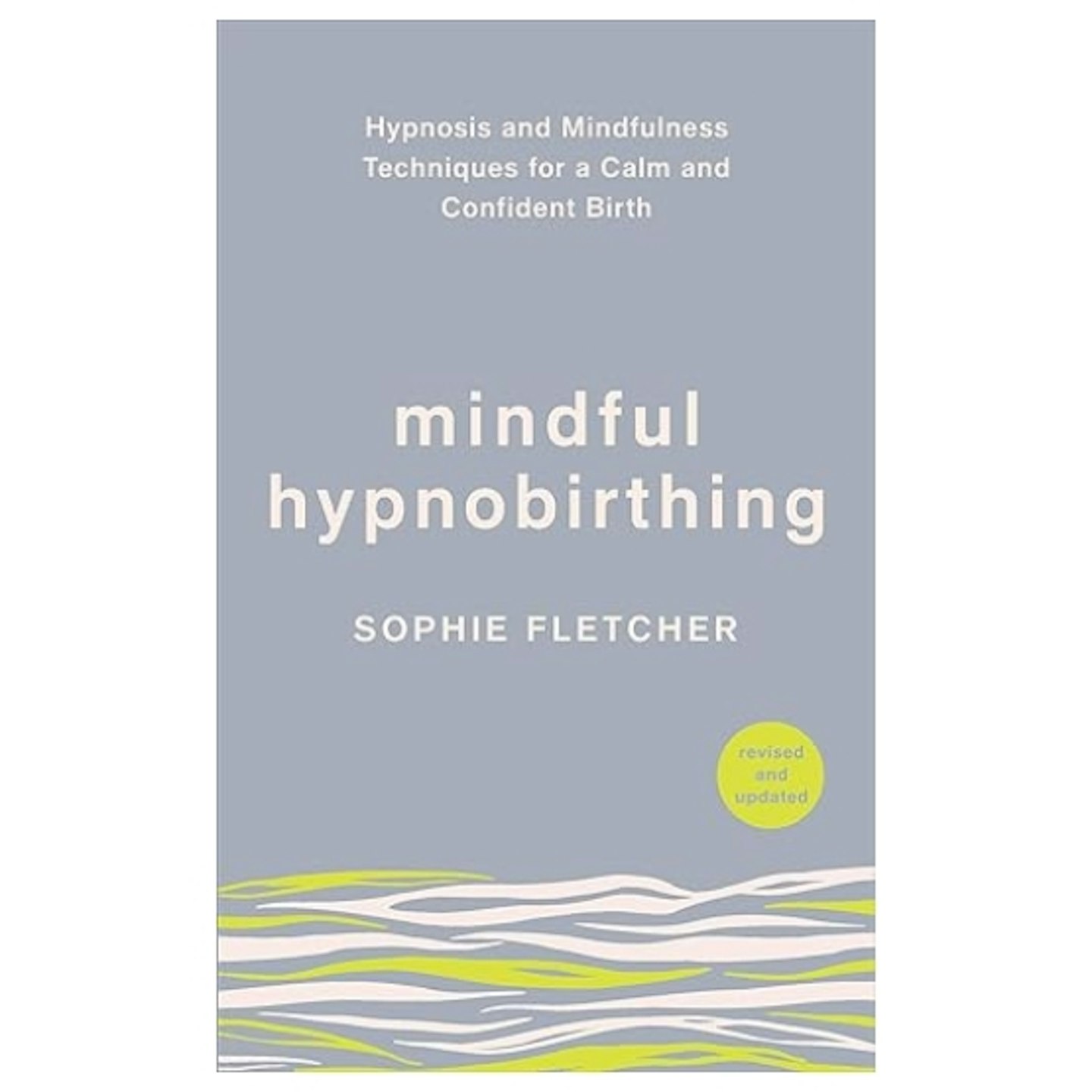 Amazon
AmazonRecommended
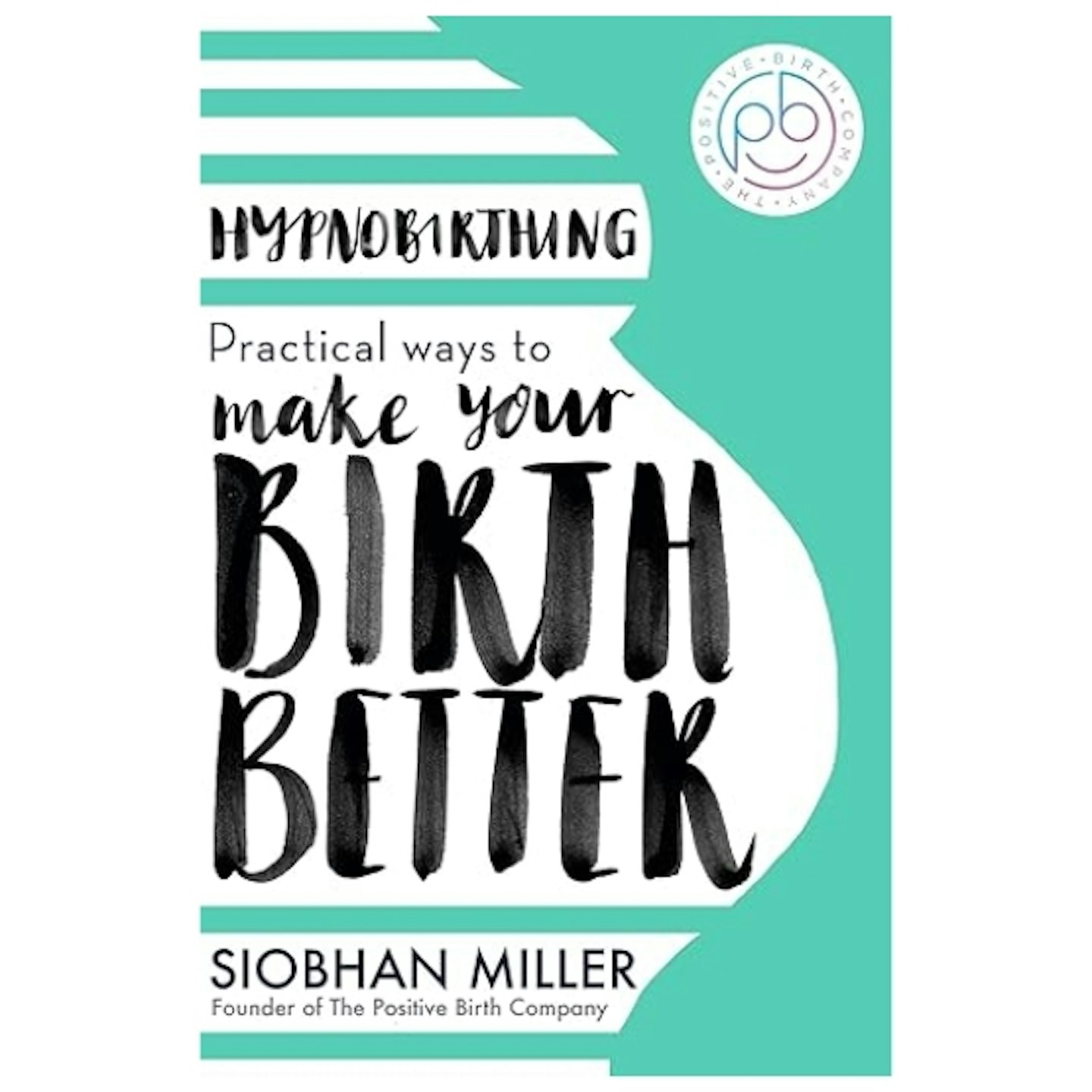 Amazon
AmazonRecommended
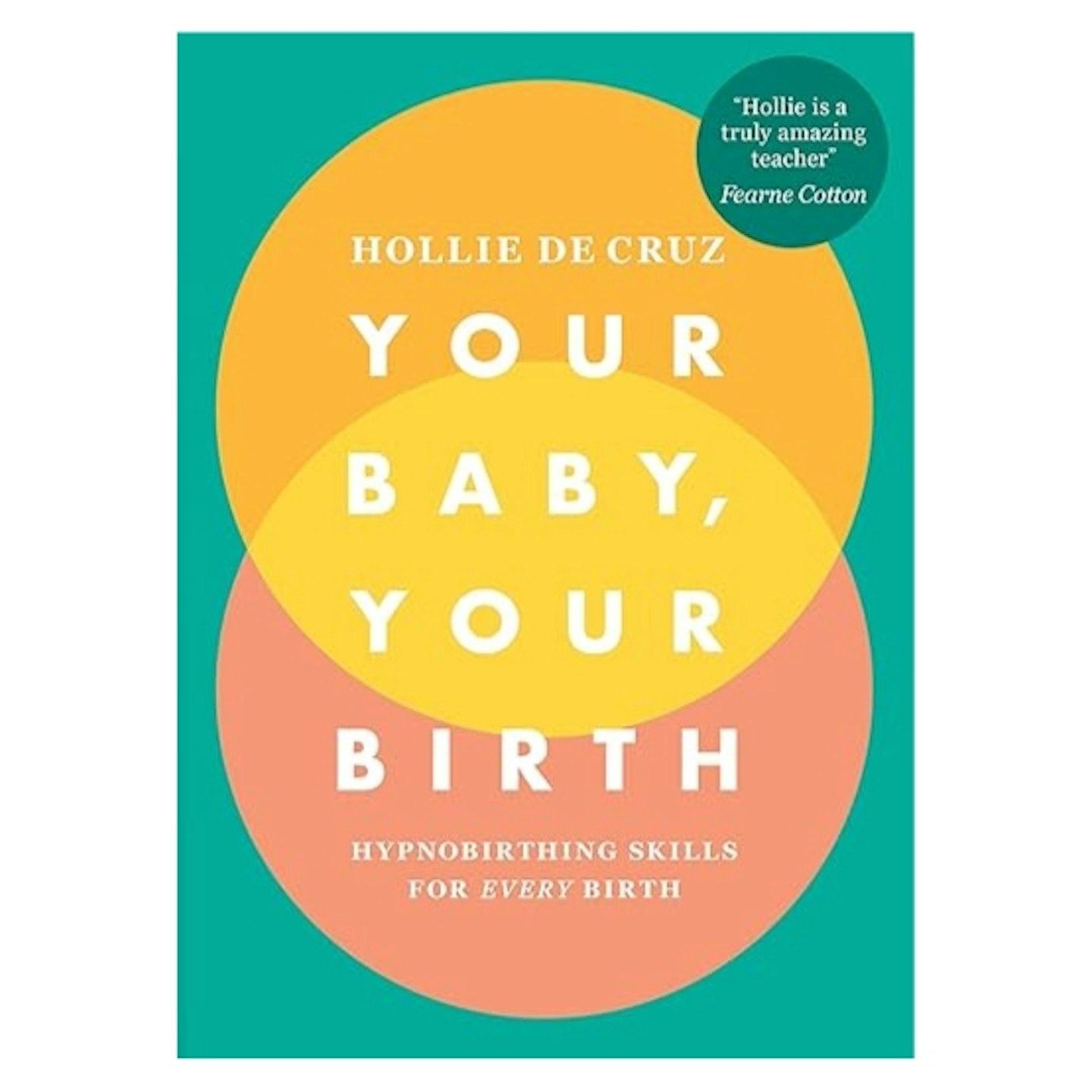 Amazon
AmazonRecommended
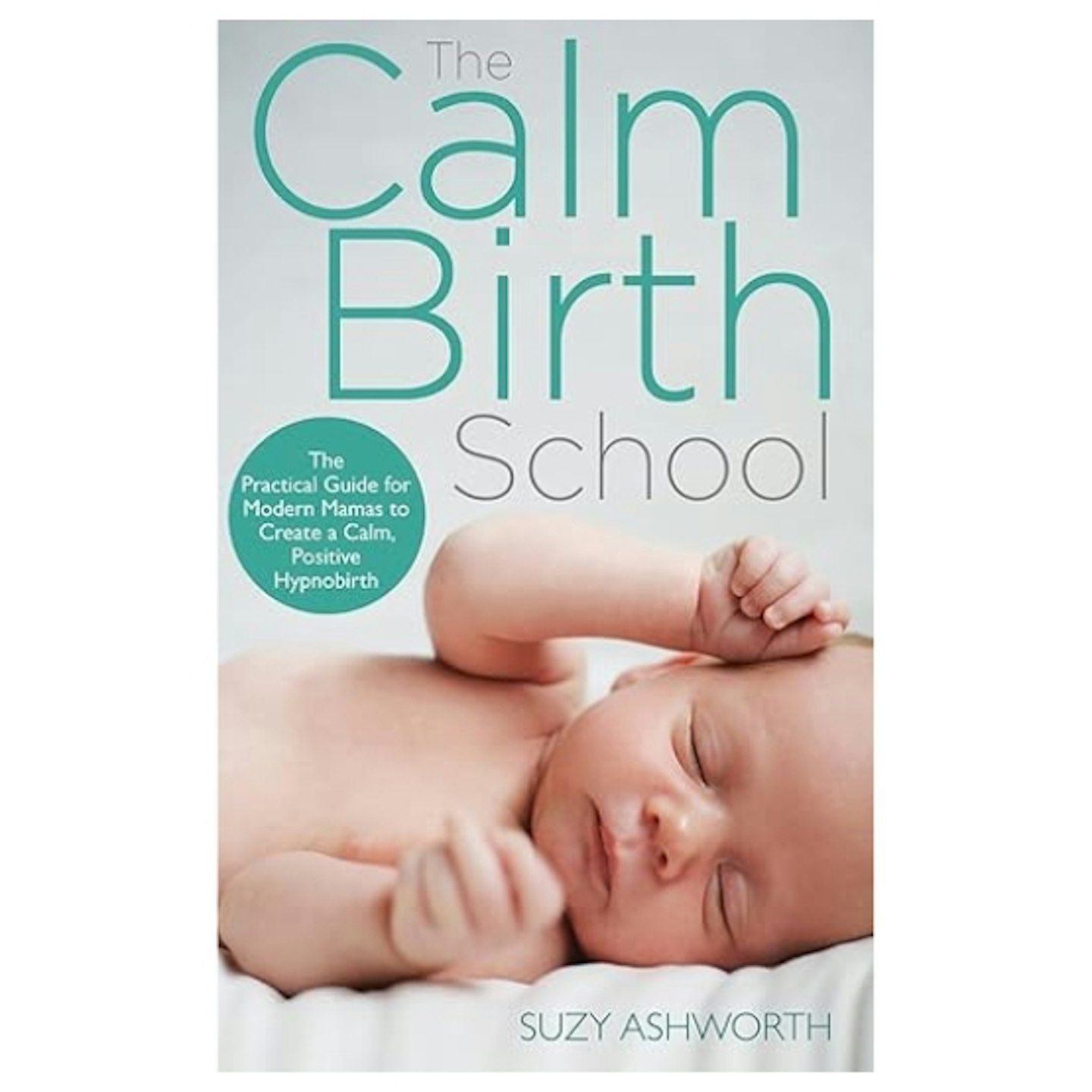 Amazon
AmazonRecommended
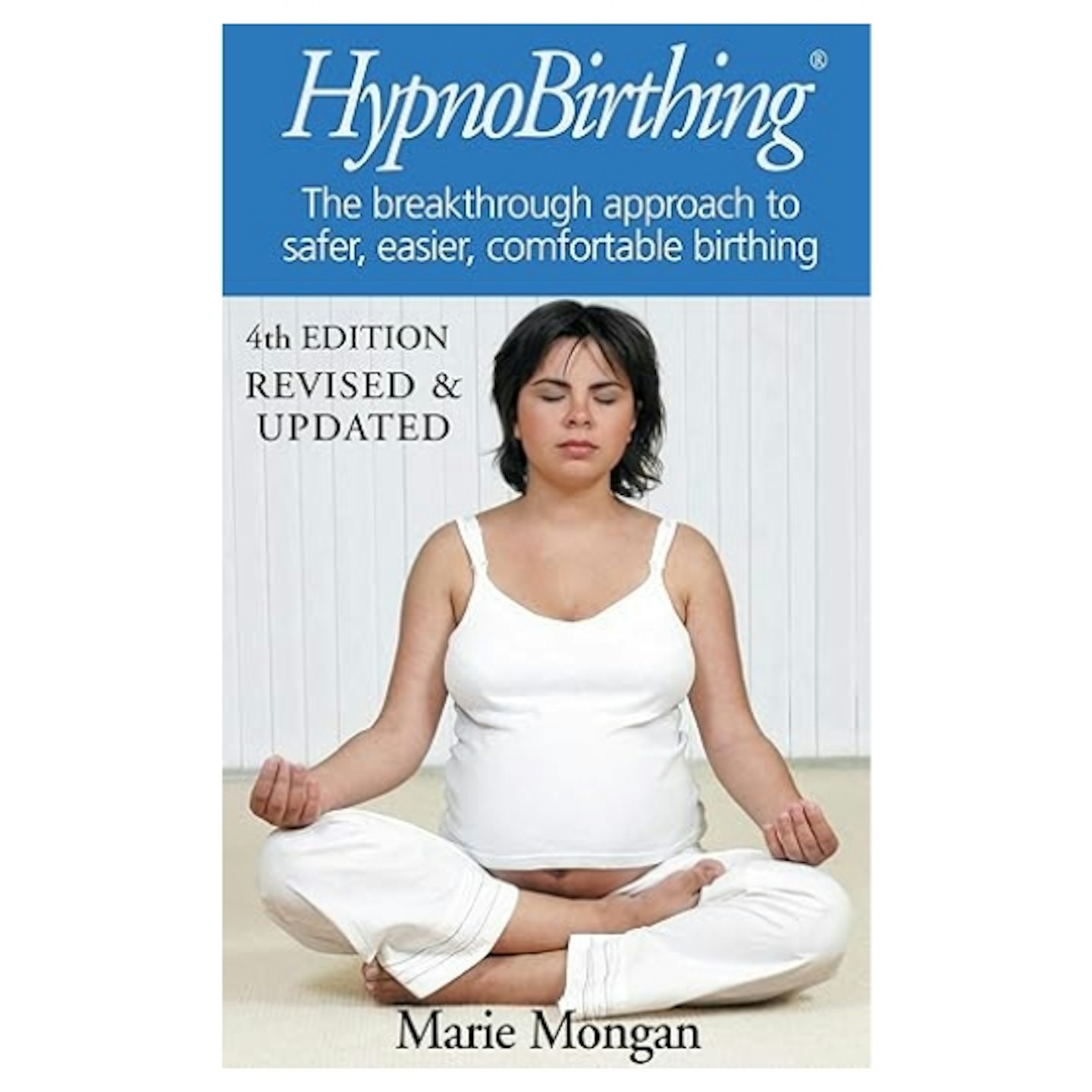 Amazon
AmazonAbout the expert
Sophie Knight is a hypnobirthing teacher and freelance journalist. She is a mum of two and an experienced product tester. Passionate about maternal mental health, Sophie is also a Mental Health First Aider and a Reiki healer. Sophie has been teaching hypnobirthing since 2023, having studied it following using the techniques for her own two births.
Caron Newton has been a registered midwife for more than 11 years and Hypnobirthing Practitioner for five years. She has worked in all areas of maternity, including the labour ward. Currently, Caron is working as a community midwife caring for women in the antenatal and postnatal period as well as attending homebirths in Hertfordshire.
